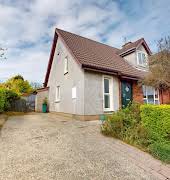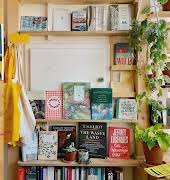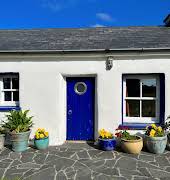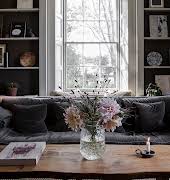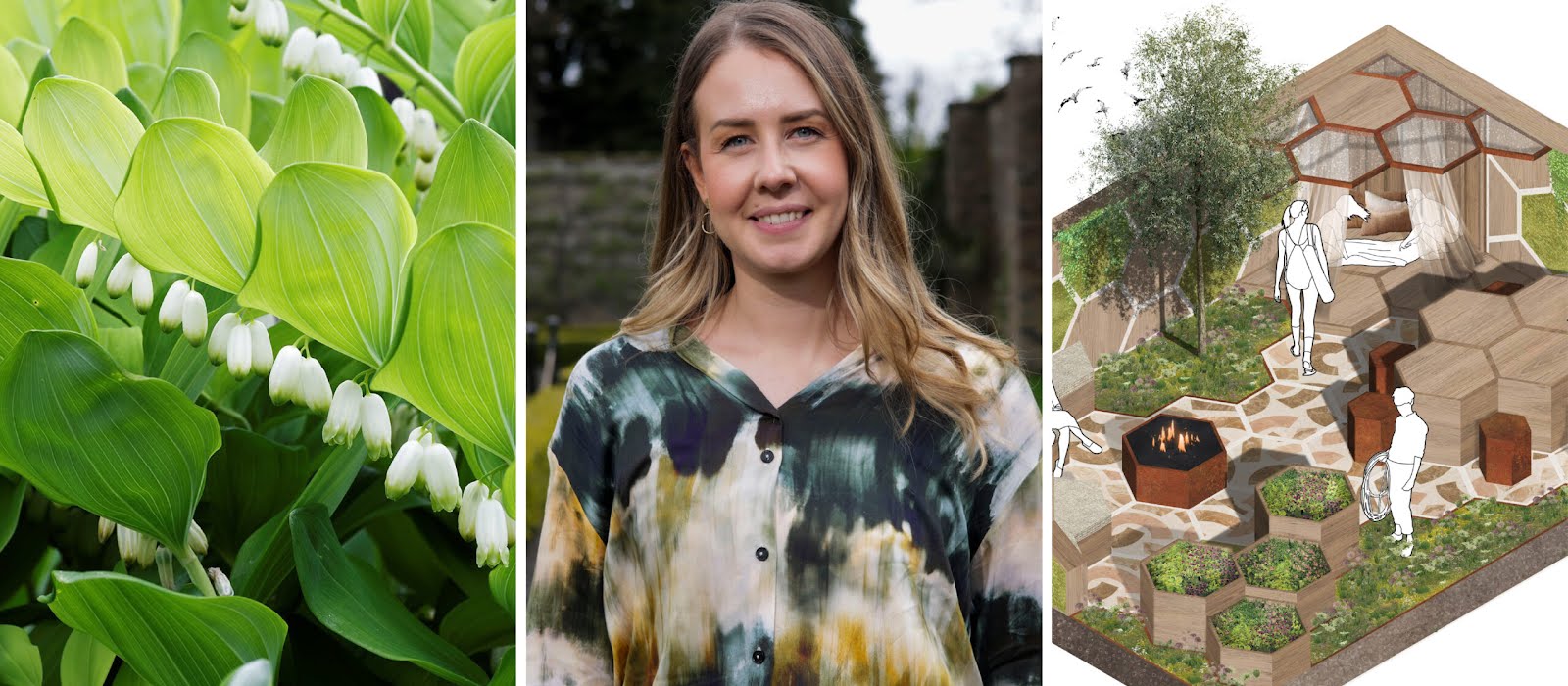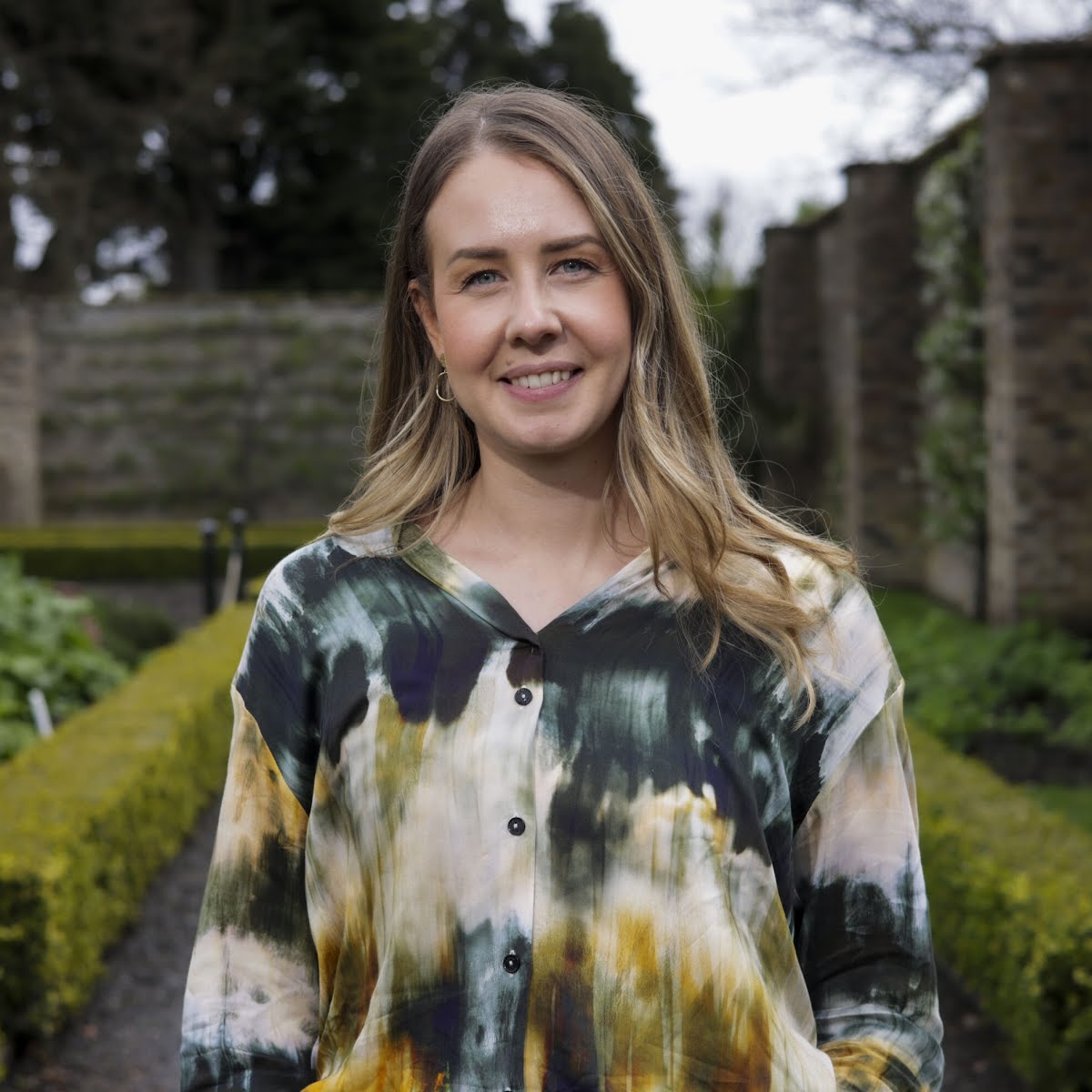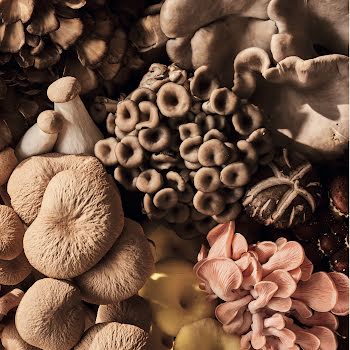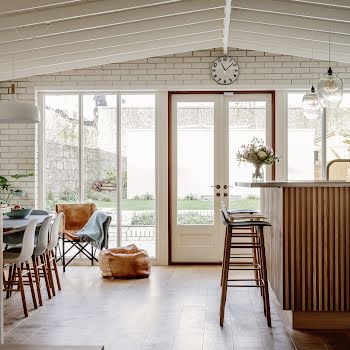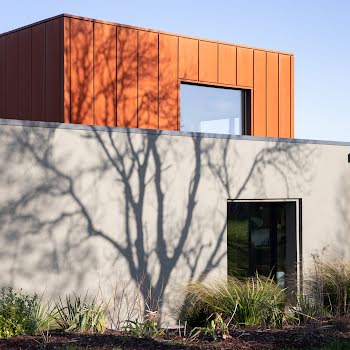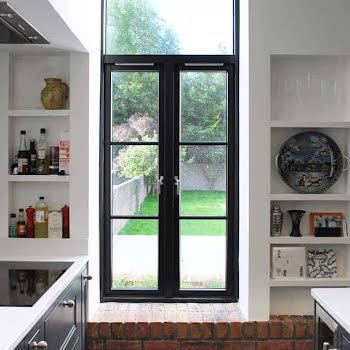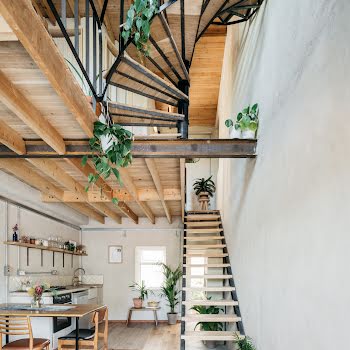
Garden designer Louise Checa shares how to create a modular garden
Not only is it perfect for small spaces, it’s also easy to maintain, and even renter-friendly.
It can be hard to know what to do with your garden, but especially if you have a small space, don’t have a lot of time for upkeep, or are renting. Bord Bia Bloom at the Phoenix Park is always a great source of ideas, and this year will be no different.
We chatted to garden Designer Louise Checa about her modular garden design, and how you can try it in your own space. A landscape architect from Alsace, France, Louise met her husband (also landscape architect) when working in Dublin, and they moved back to his native Offaly, currently living near Birr.
Can you explain how modular garden design works?
When I applied for this garden at Bord Bia Bloom, I knew it was going to be very small and so I decided to try to find a solution so that I could achieve the most out of a small space. The outcome of that was this hexagonal pattern that you can see in the design render of my garden. It is a very simple pattern that is commonly seen in nature but it really allowed me to create a very efficient use of space. I’m interested in gardens that do not just look good, but also give back to the space in terms of sustainability and biodiversity, so the honeycomb pattern created with this shape shows this connection to bees and nature in this design.
Designing a modular garden is a bit like putting together a puzzle. You start with the design and at the early stage you choose what modules or containers you want and where you might put them (modules being tables, bench, seating area, children area, storage, raised planters, etc). Once I came up with the layout of my Bloom show garden, I designed it so that every aspect could be multifunctional, and buildable.
For instance with the furniture you could make the bench bigger or smaller, or add storage and if you have guests, you could add a table, or remove it depending on what your needs are. This container style of garden design is also moveable, so if you moved home you could bring it with you and you can discover a new design in your new space. The design possibilities are unlimited! The design can expand or contract depending on your outdoor space.
Could you share some tips for someone who wanted to try it themselves?
The starting point is to choose a shape that can form the structure, and this works best when it forms a pattern, like a hexagon. Next, you need to consider the material, for me that would be choosing a natural solution such as Corten steel (which is naturally rusted, made by CortenSteelIreland). This is naturally aged and so the copper-colour effect will stay forever which is really nice.
We also use natural timber, and we particularly like range called Eco-Wood (from Timber Ireland) that is sustainably treated. It doesn’t use any harsh chemicals to treat the wood which is great for soil, as most outdoor woods are treated with chemicals to preserve the finish but this is harmful for the soil, and wildlife. Anyone that is good at DIY or likes a DIY project could definitely attempt a modular design garden! Finally, giving some thought to the plants and watering system that you will use will be important.
What kind of plants work well in these kinds of planters?
In theory, any resilient plant could work well in a modular garden with multiple containers. In these types of gardens, there’s a lot of control with what you can do because the containers are separate and at varying heights. It is much easier to create a good quality of soil, but it is important to consider light, the level or interest in garden maintenance that you might have and what else is important to you in a garden. For example, all the plants I’m choosing are multifunctional: they are native to Ireland and as much as possible, Irish grown. I have some plant varieties which are good for drying if you want to make bouquets, some are edible, and also pollinator-friendly, so any plant I choose has to tick a few boxes.
I really like Solomon’s seal (polygonatum), Bronze fennel (Foeniculum vulgare ‘purpureum’), Meadowsweet (Filipendula ulmaria), Sweet woodruff (Galium odoratum), Sweet cicely (Myrrhis odorata) or Astrantia (Astrantia ‘Berendien Stam’). These will all be displayed in the show garden and I have sourced them from the organic Caherhurley nursery in county Clare.

Bronze fennel (Foeniculum vulgare 'purpureum')
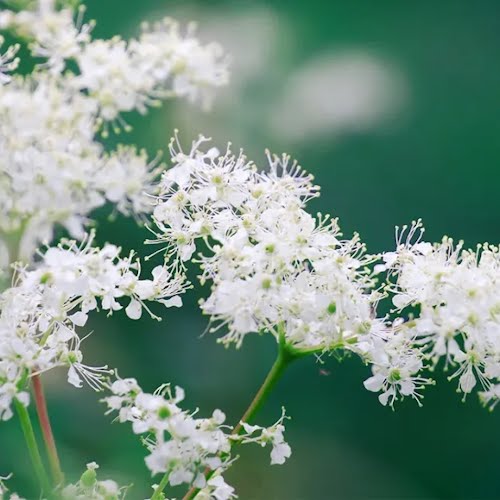
Meadowsweet (Filipendula ulmaria)
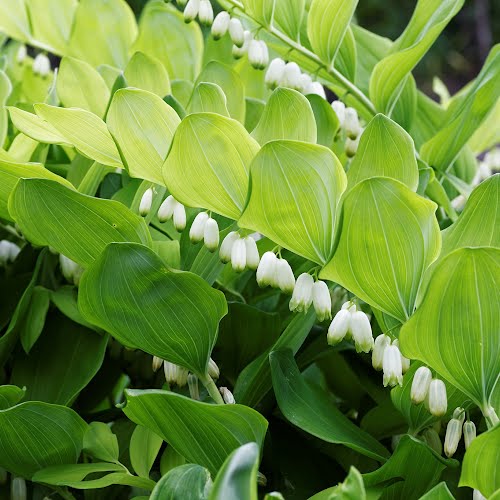
Solomon’s seal (polygonatum),

Sweet cicely (Myrrhis odorata)
Is it easy to maintain?
Yes! Because it’s small and it is controlled, a modular garden is very easy to maintain. You can add as many or few elements as you wish, depending on your interest and confidence in gardening, and it can adapt with you over time. As there are a lot of raised planters, it means it is really accessible even for people with accessibility issues.
However, while the raised planters have a lot of benefits, they do drink a lot of water so it is important to have a proper watering system. I personally love using ollas, an ancient watering method that dates back thousands of years and used across the world, especially in Asia, Africa and Latin America. Unglazed terracotta jars are buried in the ground, and you fill them with water which releases the water slowly so you don’t have to water too often. It also filters the water, and with time, the roots of the plants grow towards the soil.
What are the benefits of this kind of garden?
There are so many to mention! It’s very flexible as it is suitable whether you’re a single person, have a family, are a bit older, or just looking for a garden with a difference. It is fully bespoke and you can personalise every element, so it really is a space for possibilities! As it can be prefabricated, the modular structure can be created offsite and installed in one-go which allows for a really quick build in your garden.
You can follow the build process on my instagram page @lcla_landscape and my other designs.
You can see Louise’s show garden at Bord Bia Bloom at the Phoenix Park from May 30 – June 3. Tickets available at bordbiabloom.com.

